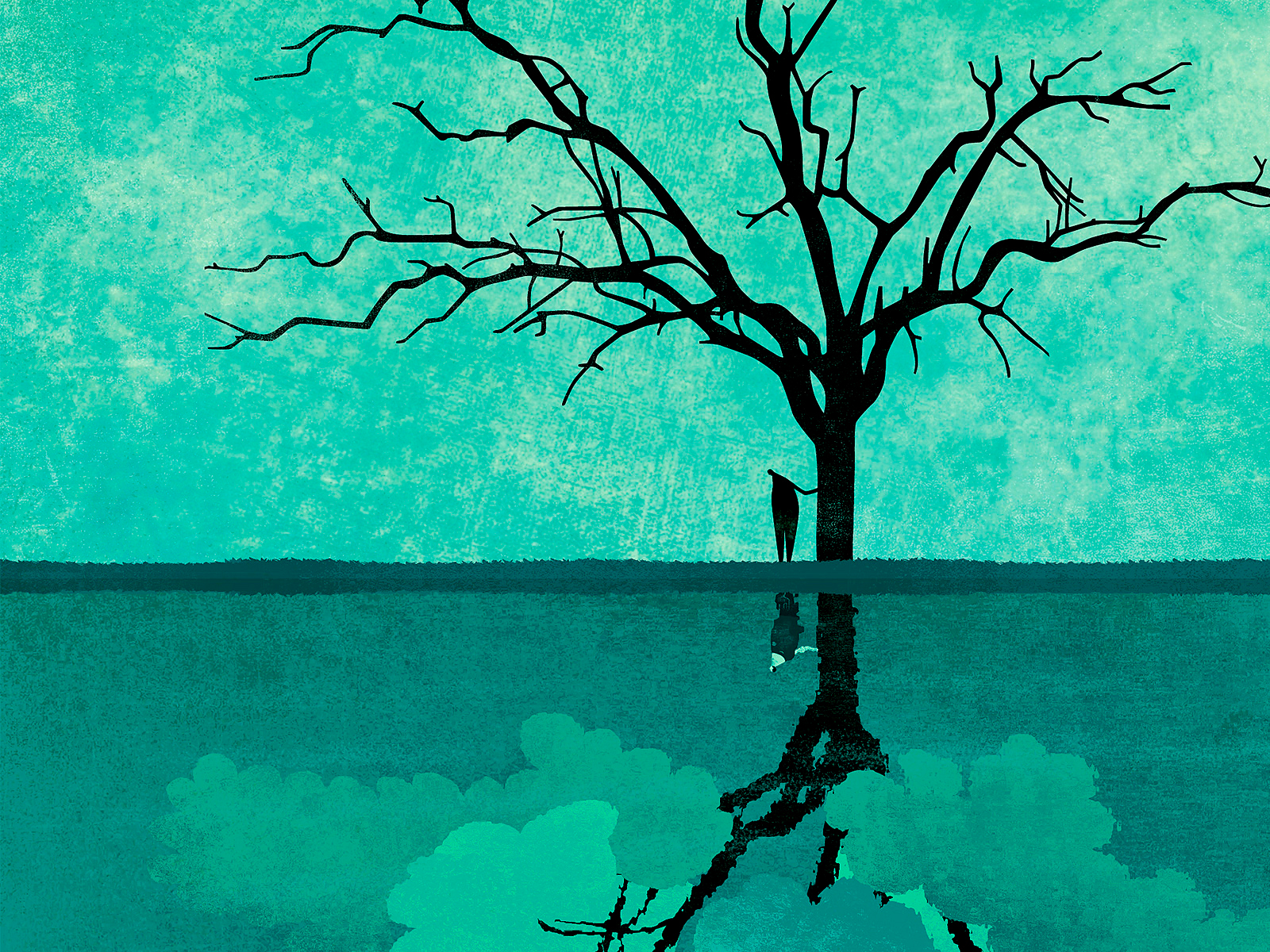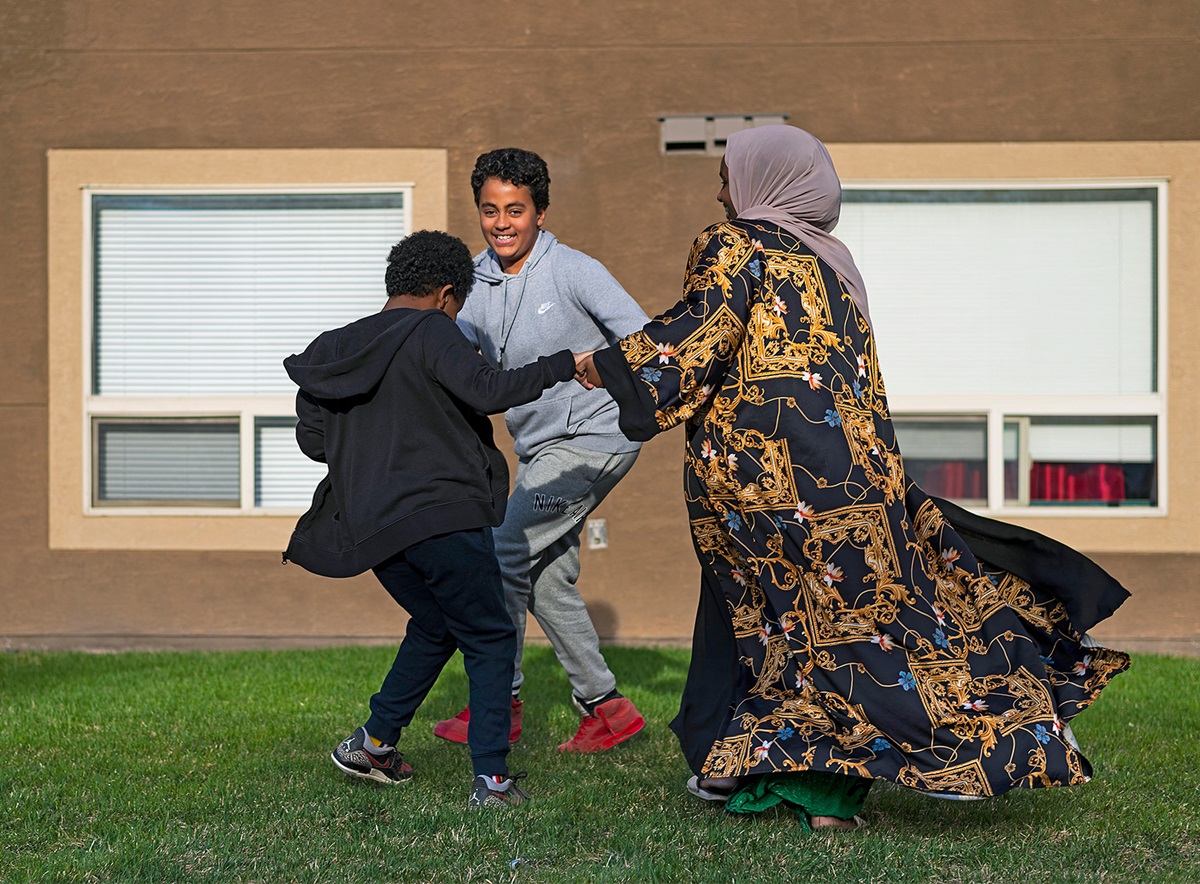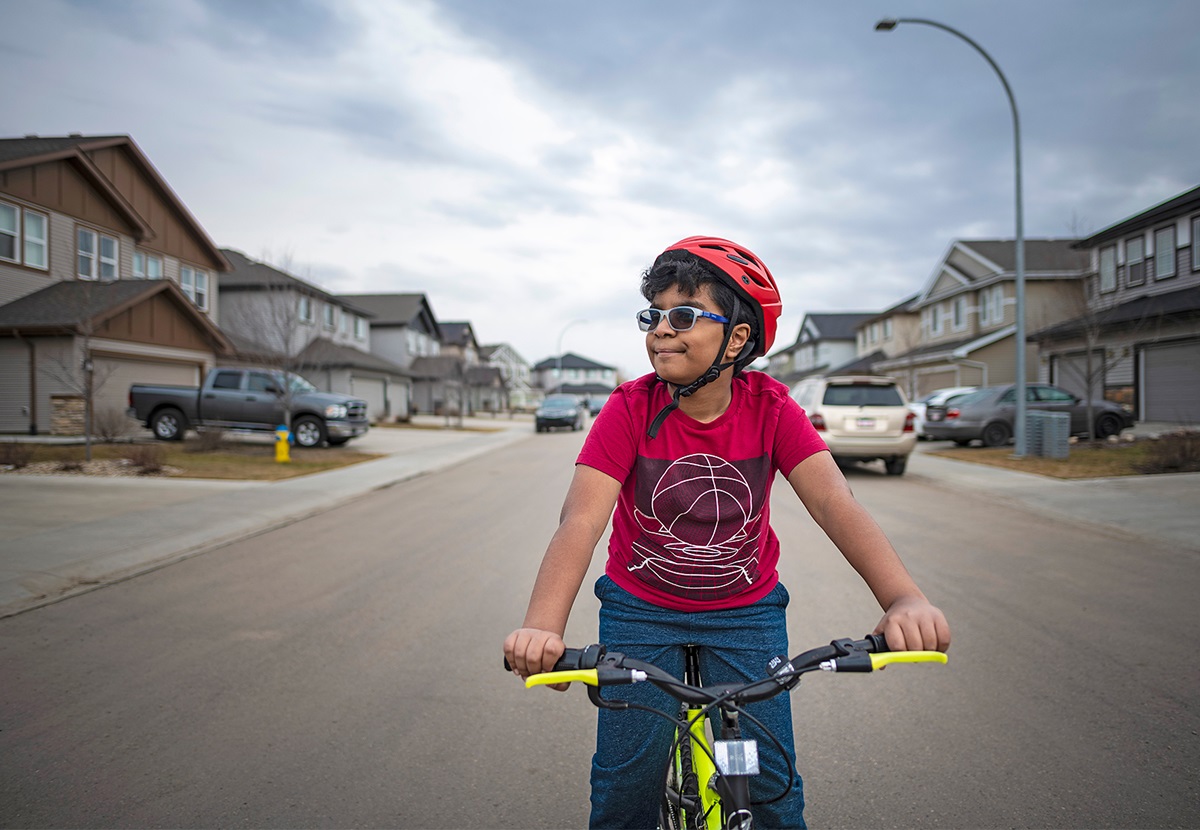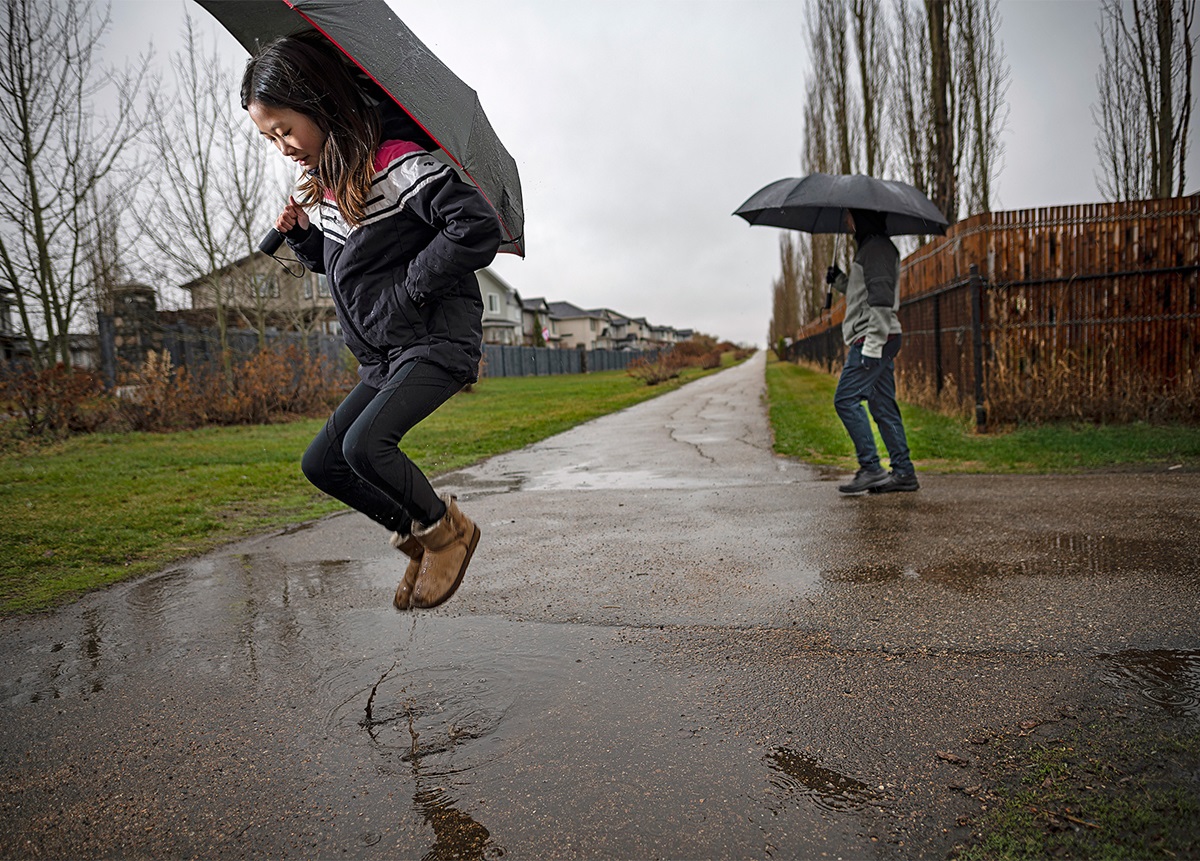Most of us know the myth of Pandora's box as the story the ancient Greeks told themselves to explain the presence of bad things in the world. Things like disease and pestilence were sent down as a "gift" with Pandora, the first woman. She was created by Zeus to blight humans and punish their creator, Prometheus, for giving them fire. But how many of us remember the part where, after all the other ills of the world escape, hope gets stuck in the box and remains behind? I sure didn't.
Even today, philosophers debate the meaning of that detail. If hope is the last of the evils, why did it get stuck? On the other hand, if hope is the remedy for evil, maybe it was being kept safe for us. Millenniums later, we still can't agree on the meaning and role - even the definition - of hope. Throughout history and across disciplines, the concept has continued to raise questions. Does hope help us or harm us? Is it an illusion or a virtue?
When I started working on this story, the world hadn't heard of COVID-19. Since then, the virus has turned our lives upside down. But even before the pandemic, the word "hope" was so ubiquitous we couldn't have a polite conversation without it. You couldn't scroll far on social media before coming across #hopefor____ (insert your favourite charity or crowdfunding cause). From cars to soap to pharmaceuticals to presidential elections, millions of dollars are spent on advertising campaigns that peddle hope because it appeals to our hearts even when our minds know better. Now, more than ever, the use - or should I say "misuse" - of the word risks making it meaningless. And yet, maybe we need it now more than ever.
As a university-educated, secular gen-X realist, I find it hard to take hope seriously. I mean, what's the point? Hoping my 11-year-old remembers his tuque will not keep his head warm at recess. Hoping my mother's breast cancer doesn't metastasize won't give her more time with her grandkids. Hoping the Earth's temperatures cool down won't slow rising sea levels. See what I mean? Silly.
So when I found out that the University of Alberta is a world leader in hope research, I wanted to know more. What is the value of hope and is it something we can learn? What I discovered is that hope is something we all have, whether we think we believe in it or not. Research is revealing that it can be a powerful tool for better mental health as well as a robust predictor of well-being.
From anxiety to aging to chronic pain, it turns out that hope is good for our health.
*****
Denise Larsen, '88 BA, '92 BEd, '95 MEd, '99 PhD, has studied hope for 18 years and can define it without hesitation: it's the ability to envision a future in which we wish to participate.
As a young elementary school teacher in the early '90s in Edmonton's inner city, Larsen met kids facing incredible obstacles. "We had children who were going through very difficult situations with parents with addiction, or where there was no food in the house, or where in the wintertime there was no electricity or heat," she says. "They would climb into bed after school to stay warm and they would stay there until they got up in the morning to go to school. The family would all sleep in the same bed to stay warm."
One little boy, Jeremy, has never left her thoughts. "He just had the biggest, brightest smile the moment he'd see me," Larsen remembers. One day, while working one-on-one with Jeremy, she asked him how he got so many red marks along his arm. He told her they were burns from his mom's cigarettes. "It's how she woke him up in the mornings."
Larsen couldn't understand how Jeremy managed to stay so cheerful despite his trauma. "I began to wonder what hope looks like for children and what it is that allows them to stay so excited about life when it's that hard, particularly when a little one is so vulnerable."
She followed these questions to graduate school at the U of A, where she studied counselling psychology and worked with children and adults who had cancer diagnoses. "I would work with people who had very uncertain prognoses yet who seemed absolutely committed to engage in life and were insistent that they not be treated as if their situations were hopeless." It was yet another experience that turned her assumptions on their heads.
"Given what hope seemed to do for people, I began to be curious about what we could do to foster hope. How can we help people access it?"
Larsen couldn't have been at a better place to research hope and the ways it could help people. The U of A was at the forefront of hope studies under the leadership of Ronna Jevne, '70 BEd, in the Faculty of Education.
In Jevne's case, it was her work as head of psychology at the Cross Cancer Institute in the 1980s that first sparked her curiosity about hope. She was struck by the disconnect between the language of her profession and the language her clients used. "People didn't walk into my office and use the psychological jargon of our discipline like, 'Oh, my self-efficacy is weak,' she says. "They would walk in and say, 'I don't know what to hope for anymore' or 'I never gave up hope.' " In her practice, she observed people who had lots of coping skills and support in life, and they still didn't act on their own behalf. "So I said, 'Something's missing, and I think that thing is hope.' "
Later, as a U of A professor, Jevne worked with community leaders to found the Hope Foundation of Alberta research lab in 1992. While others around the world focused on measuring hope and its effects, Jevne wanted to know what hope looked like in practice. "What should a physician say or do differently if he wants his patient to feel hopeful? What do we need to do in schools if we want people to be hopeful?"
The foundation took the form of an integrated clinical, research and educational centre. It was one of the first community-university partnerships at the U of A. In 2003, Larsen took over as research director at what is now Hope Studies Central. She and her research team have developed and tested easy-to-learn and easy-to-implement strategies to build hope with students and clients. Their studies have examined the role of hope in many contexts, including schools, addiction clinics, medical clinics and the child welfare system, as well as in people with chronic conditions such as Parkinson's disease or chronic pain.
Nowadays, Larsen and the Hope Studies team speak publicly to more than 3,000 people a year - evidence of the deep thirst in our society for hope and for practical ways to apply it.
Those practical applications of hope are already taking root at a school in northwest Edmonton thanks to a U of A project.

























































































































































































































































































































































































































































We at New Trail welcome your comments. Robust debate and criticism are encouraged, provided it is respectful. We reserve the right to reject comments, images or links that attack ethnicity, nationality, religion, gender or sexual orientation; that include offensive language, threats, spam; are fraudulent or defamatory; infringe on copyright or trademarks; and that just generally aren’t very nice. Discussion is monitored and violation of these guidelines will result in comments being disabled.